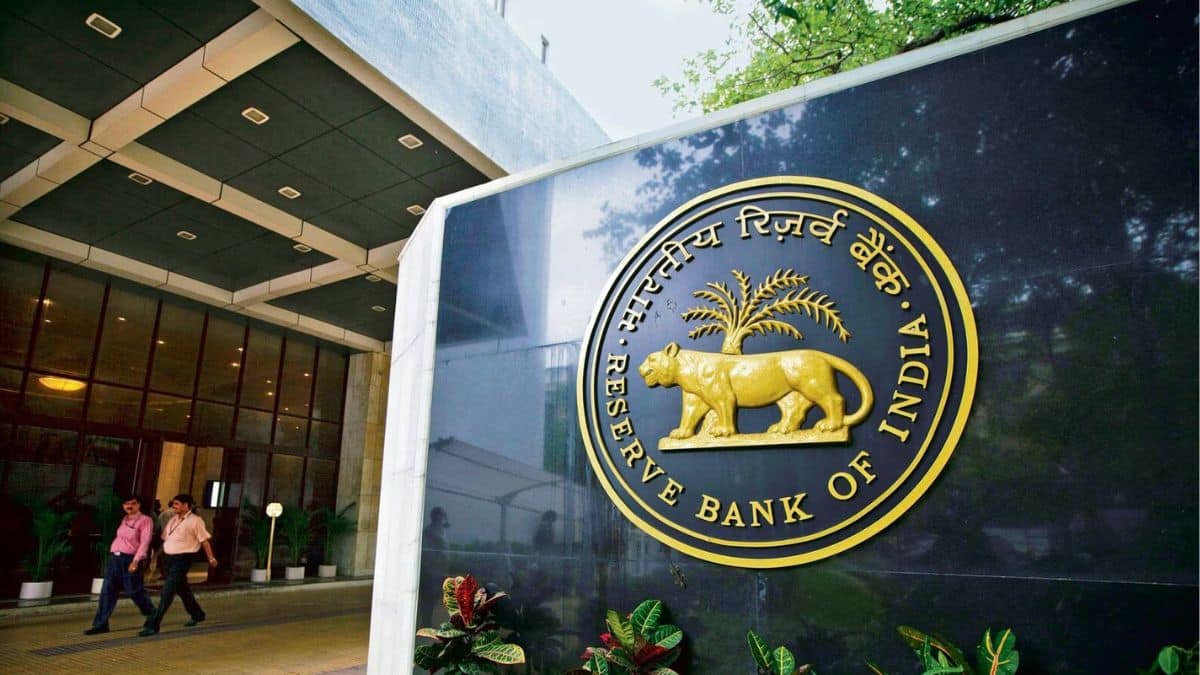 Image Credits-Mint
Image Credits-Mint
India’s foreign exchange reserves have soared to an unprecedented level, touching a record high of USD 675 billion as of August 2, 2024. The milestone was announced by Reserve Bank of India (RBI) Governor Shaktikanta Das in a statement today.
The notable increase in forex reserves underscores the robust economic management and strategic interventions by the central bank amidst global financial volatility. Governor Das attributed this remarkable achievement to a confluence of factors, including a strong inflow of foreign direct investment (FDI), healthy export growth, and sustained foreign portfolio investments (FPI) into Indian markets.
“This historic high in our forex reserves is a testament to the resilience and strength of the Indian economy. It provides a crucial buffer against external shocks and enhances our capacity to manage exchange rate volatility,” Das stated. He emphasized that the augmented reserves position will bolster confidence among international investors and underscore India’s financial stability.
The RBI’s proactive measures in the foreign exchange market, coupled with prudent fiscal policies, have played a crucial role in this accumulation. The central bank has been actively purchasing dollars to absorb excess liquidity and mitigate currency fluctuations, thereby fortifying the rupee.
Economists and financial experts view this development as a significant positive for India, particularly in the context of ongoing global economic uncertainties. “With the current geopolitical tensions and fluctuating commodity prices, having a robust forex reserve is a strategic advantage,” said Dr. Arvind Subramanian, a noted economist.
The surge in reserves also provides the RBI with greater leverage to intervene in the forex market to stabilize the rupee if needed. Furthermore, it offers the government enhanced flexibility in addressing external debt obligations and funding critical infrastructure projects without jeopardizing macroeconomic stability.
